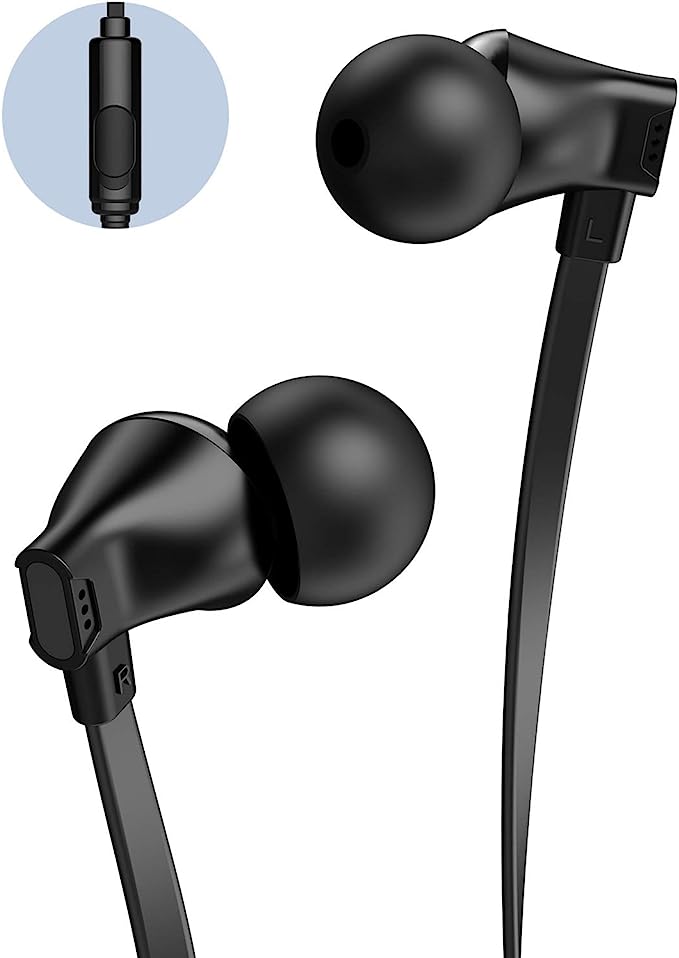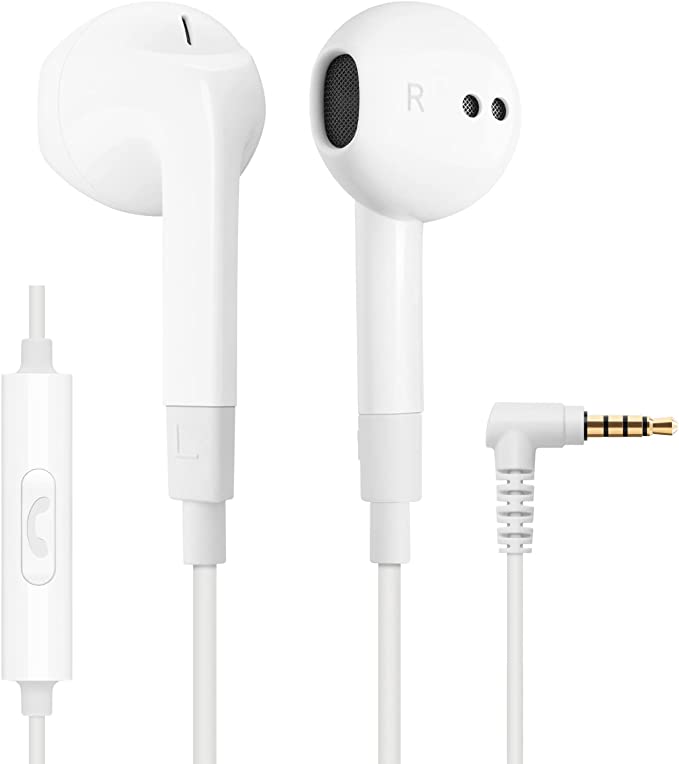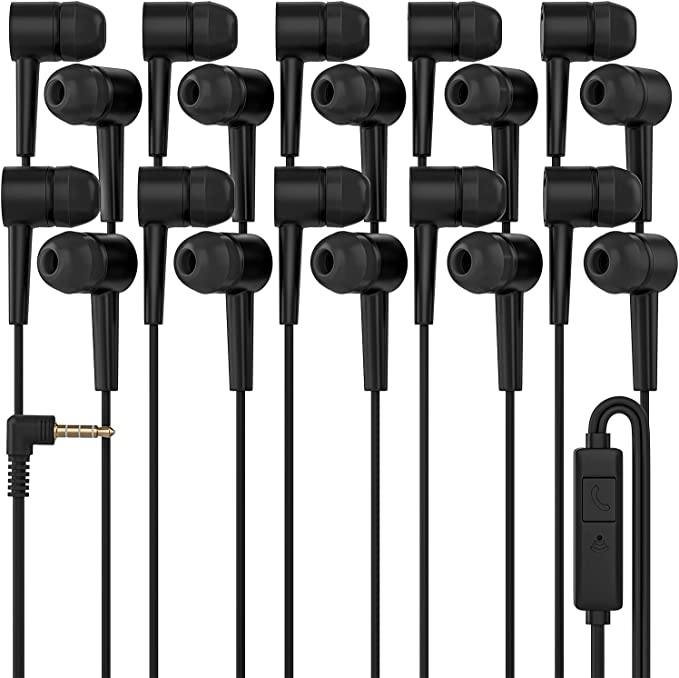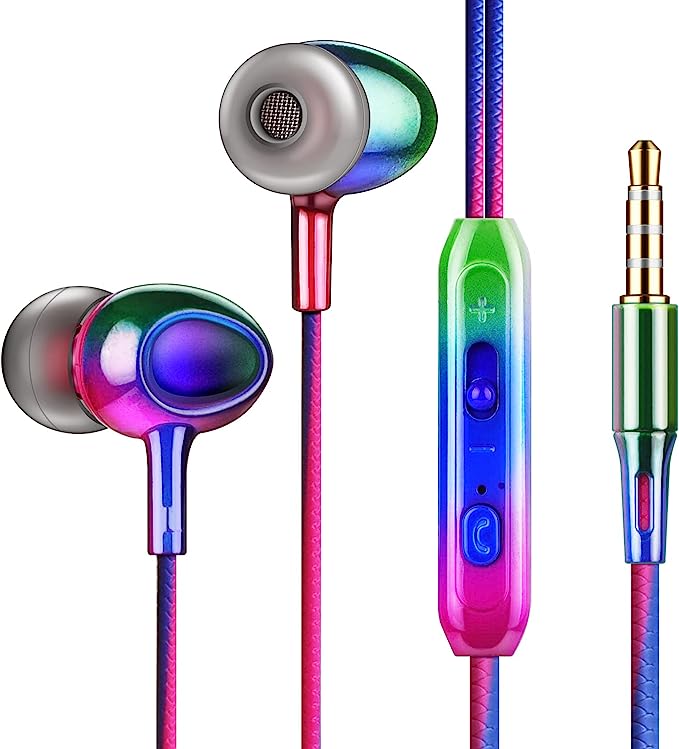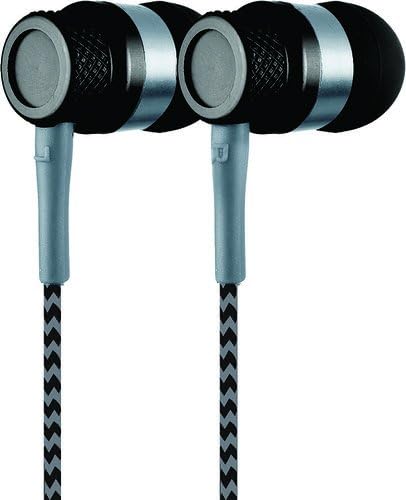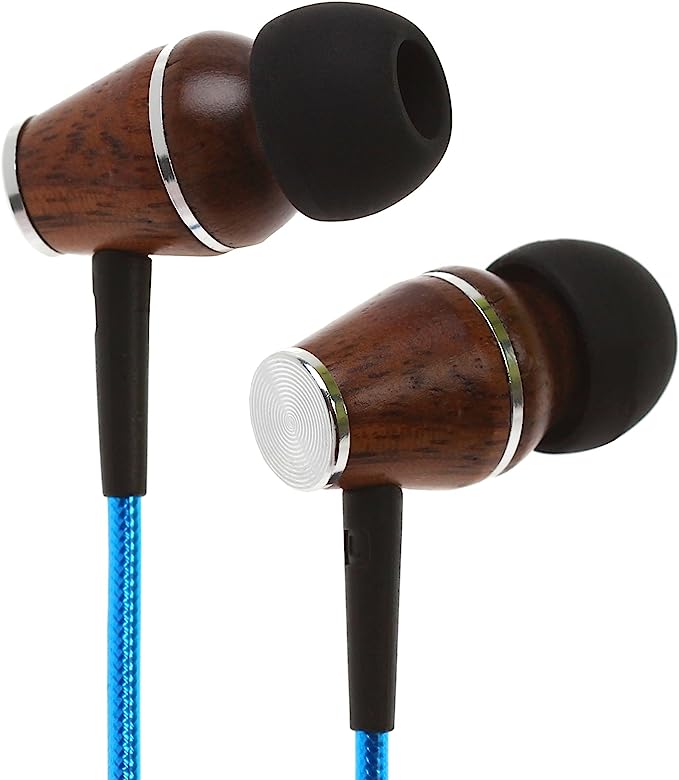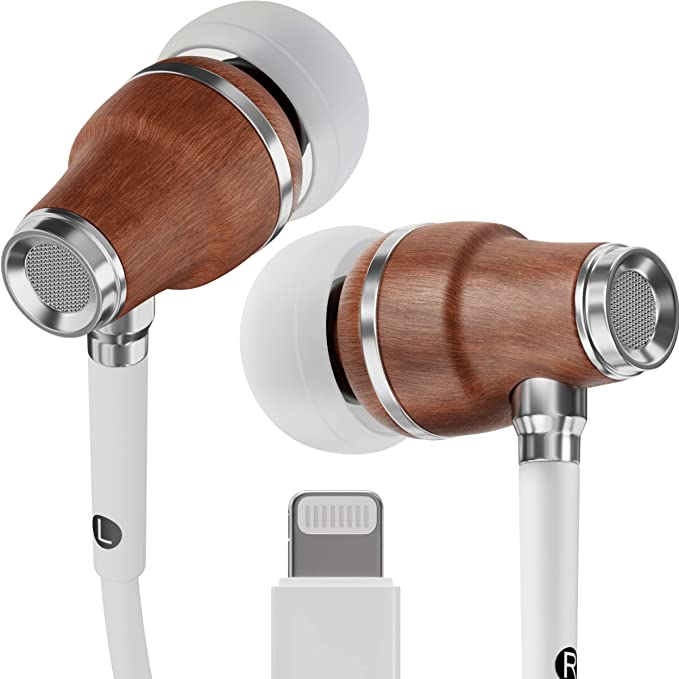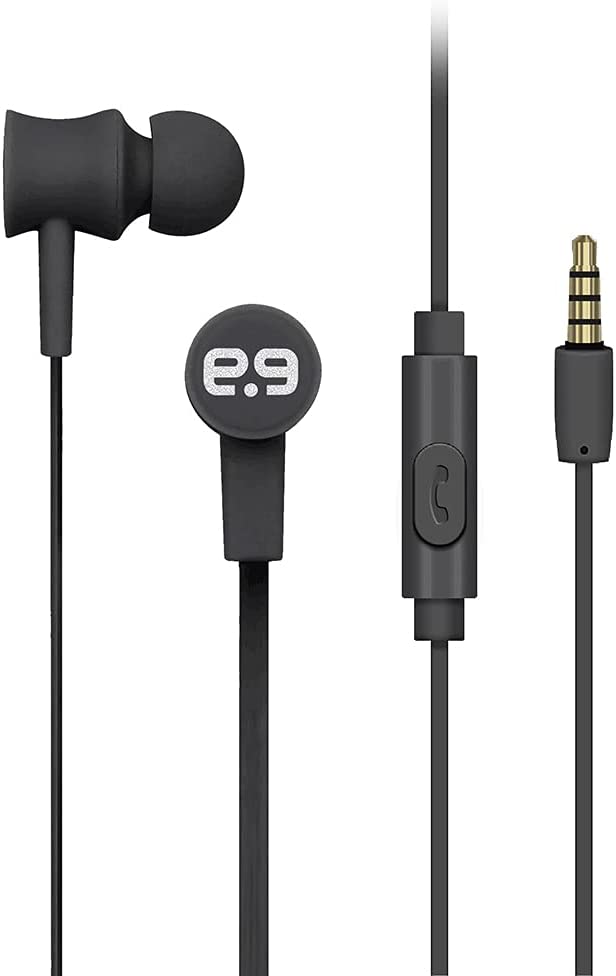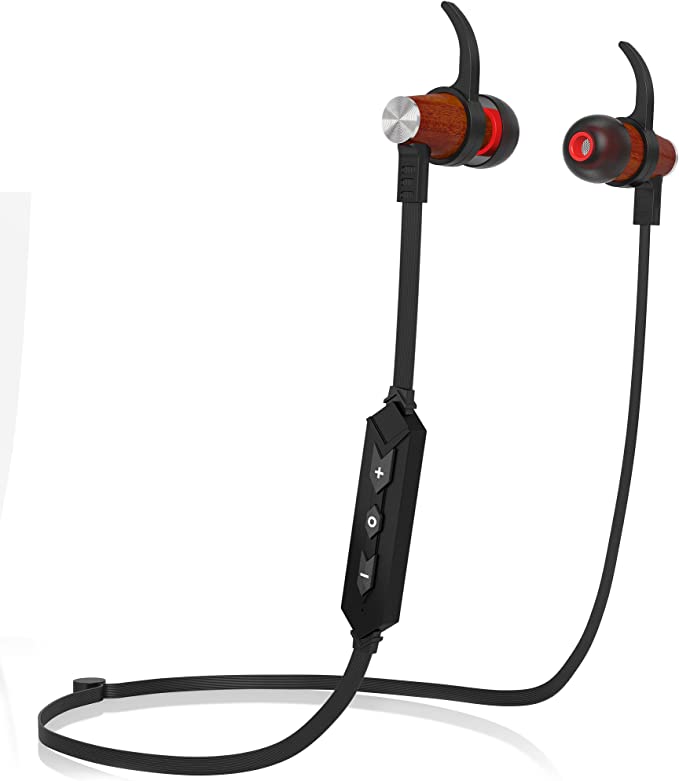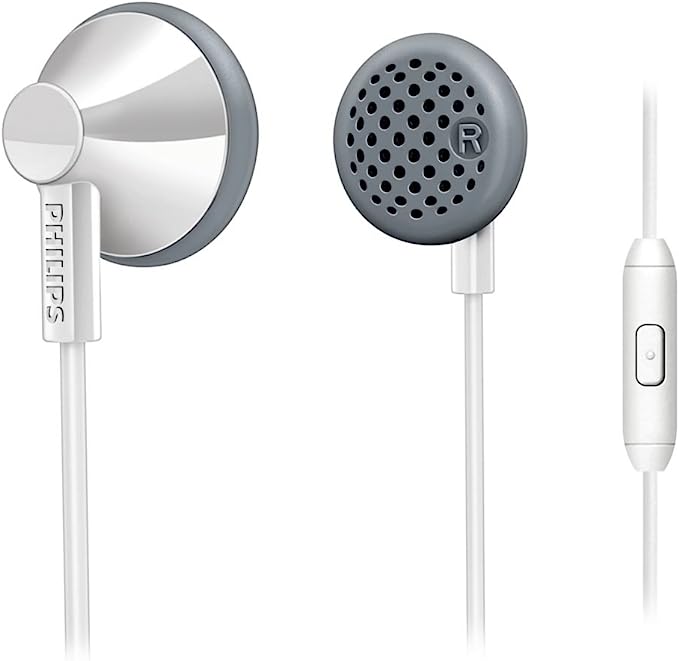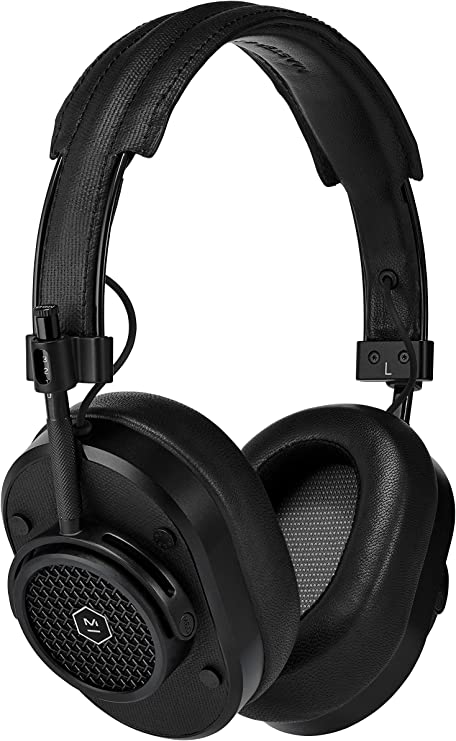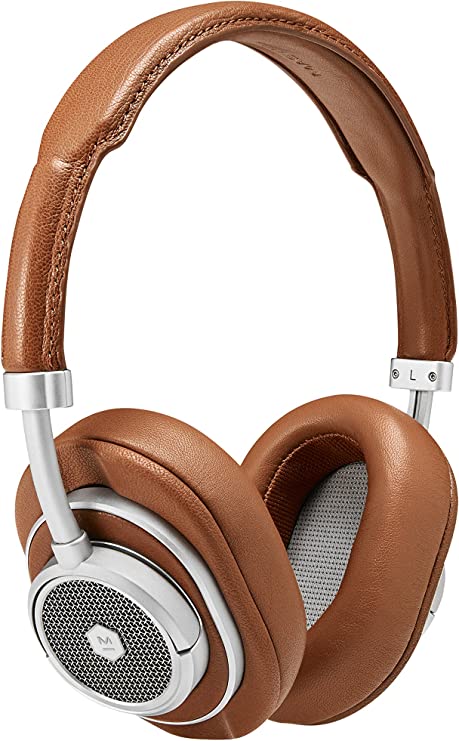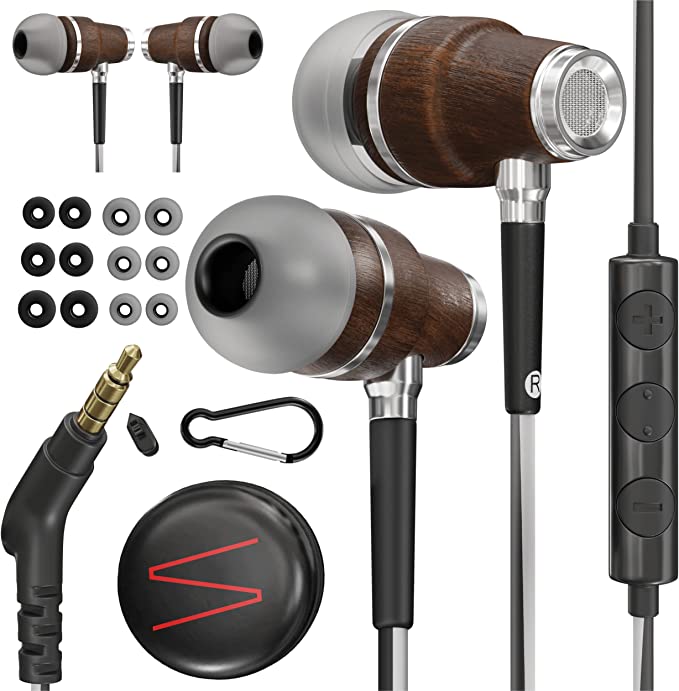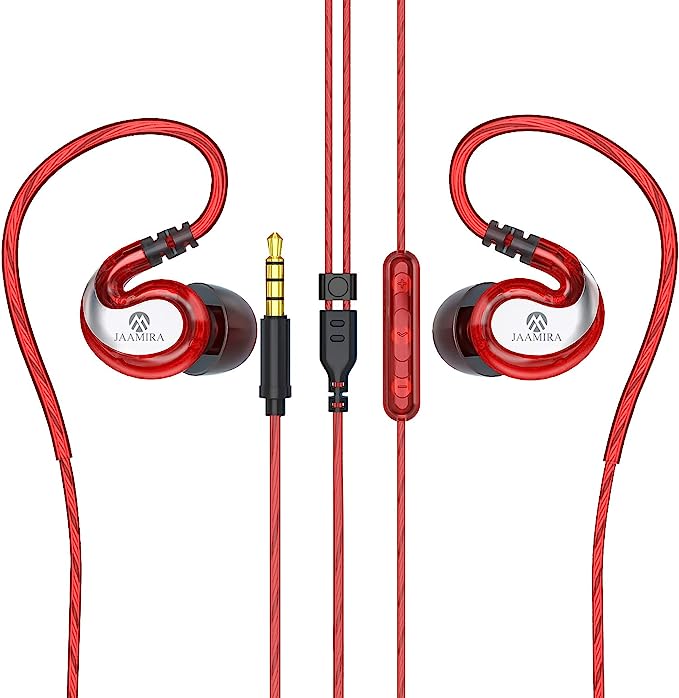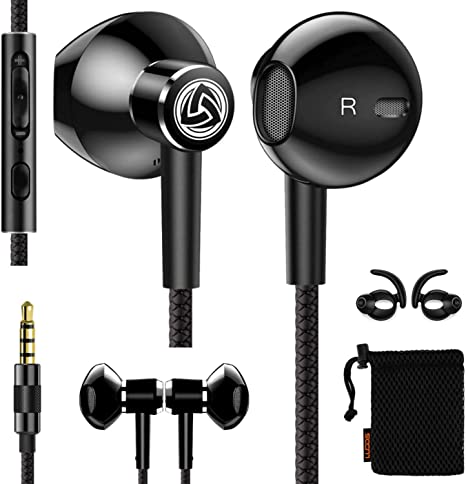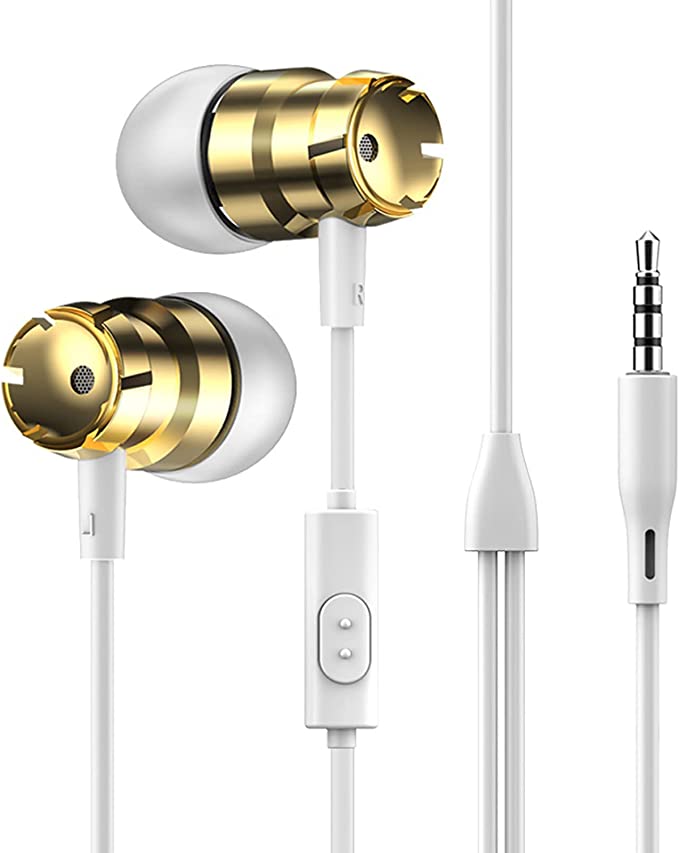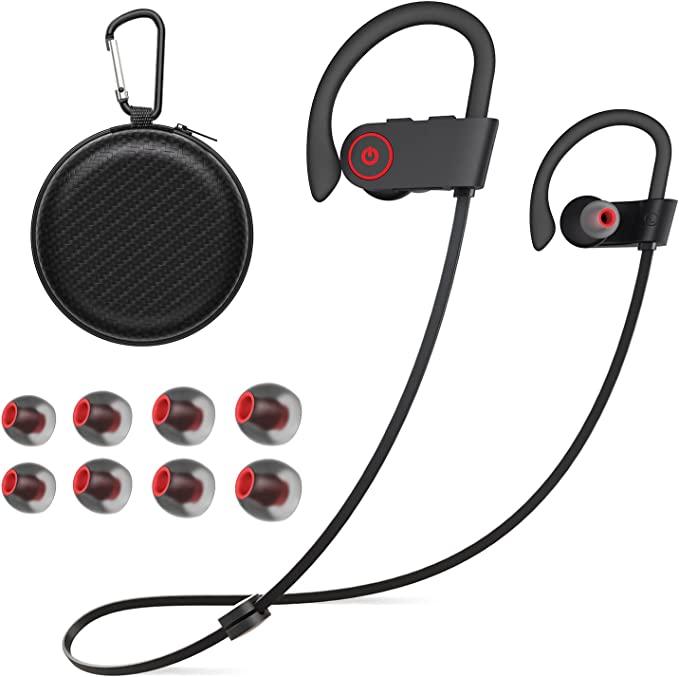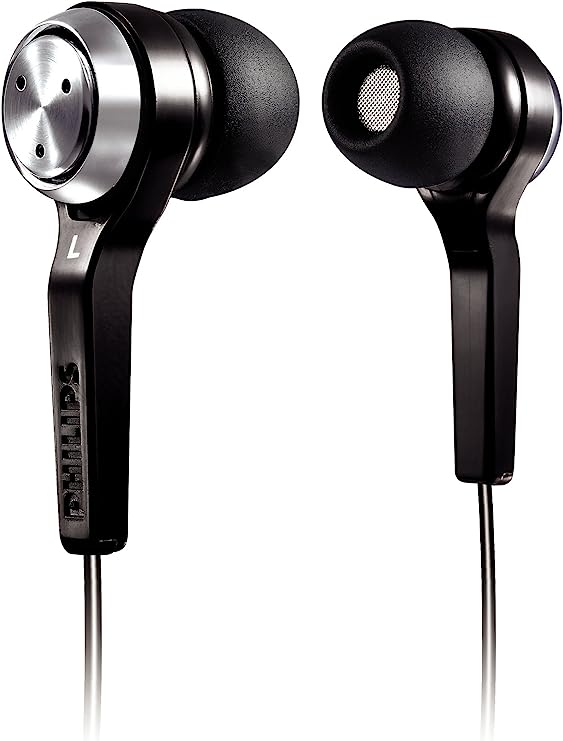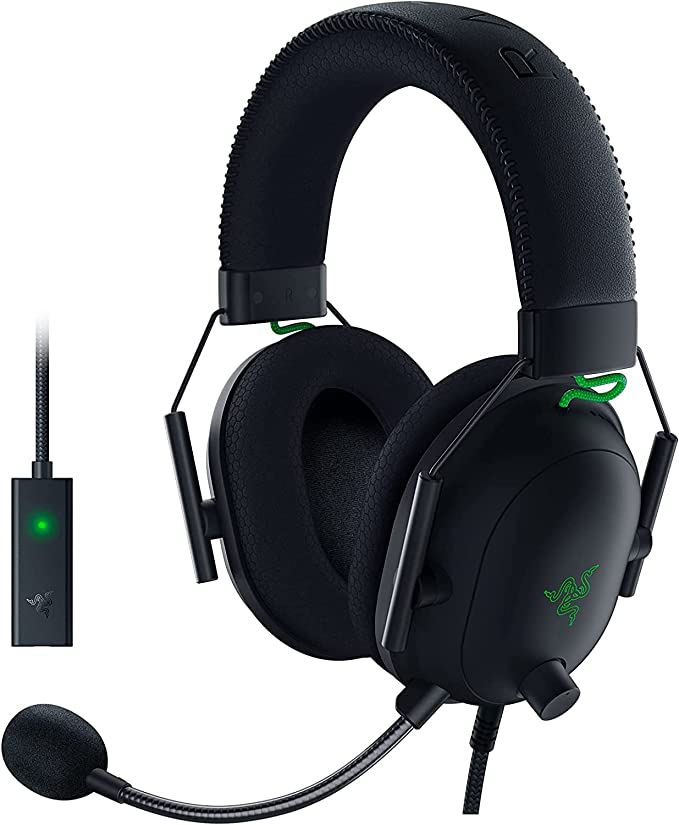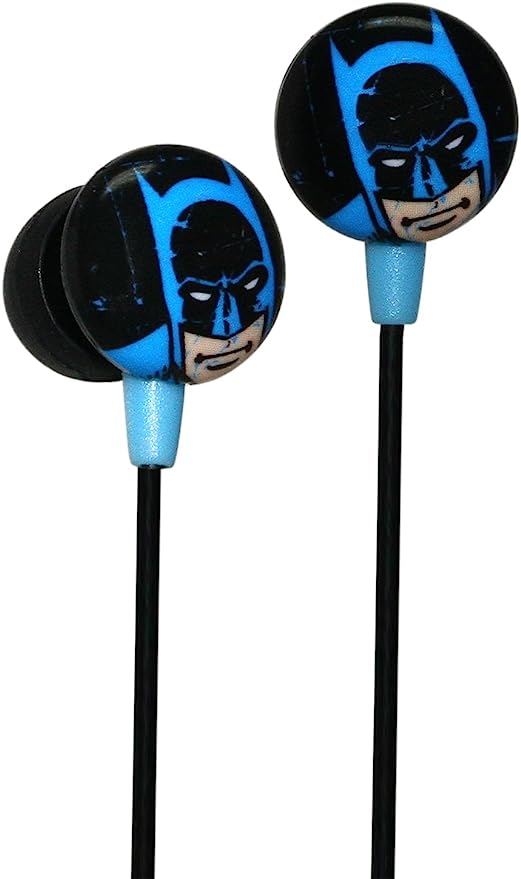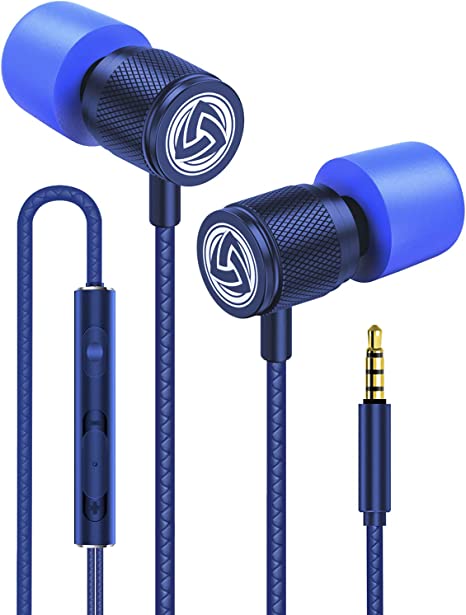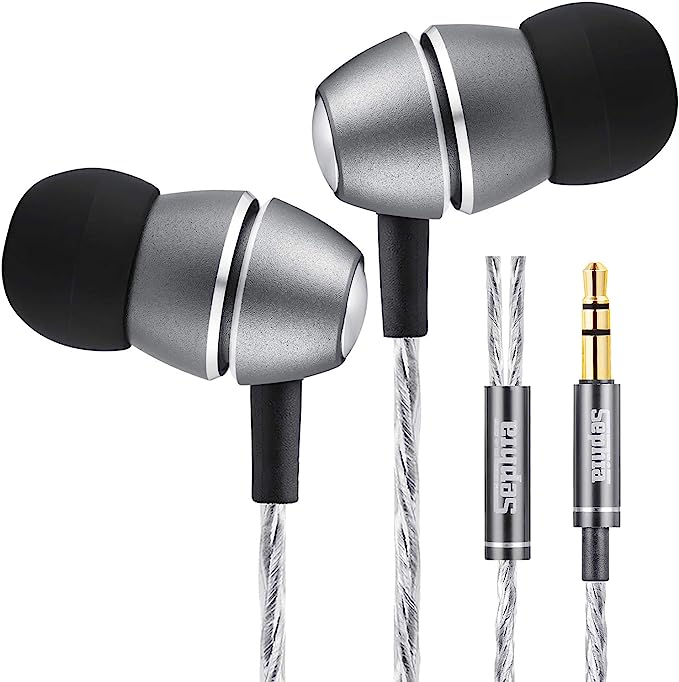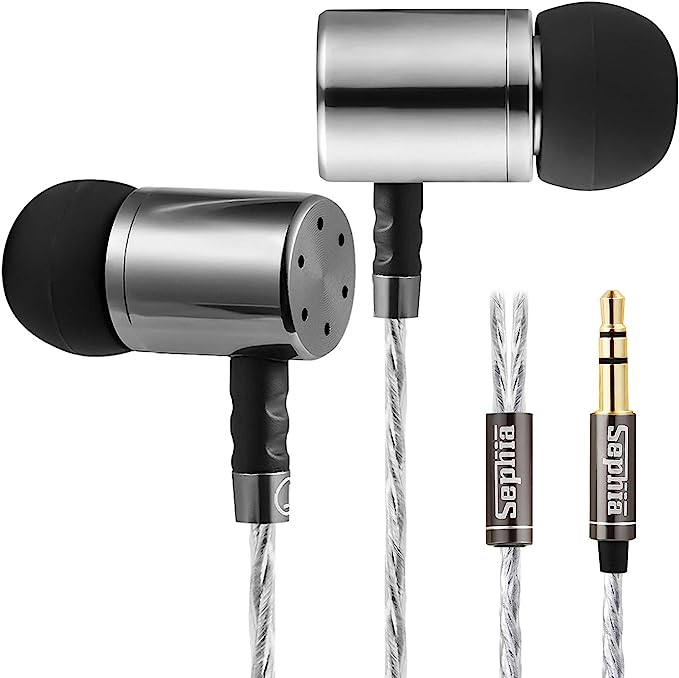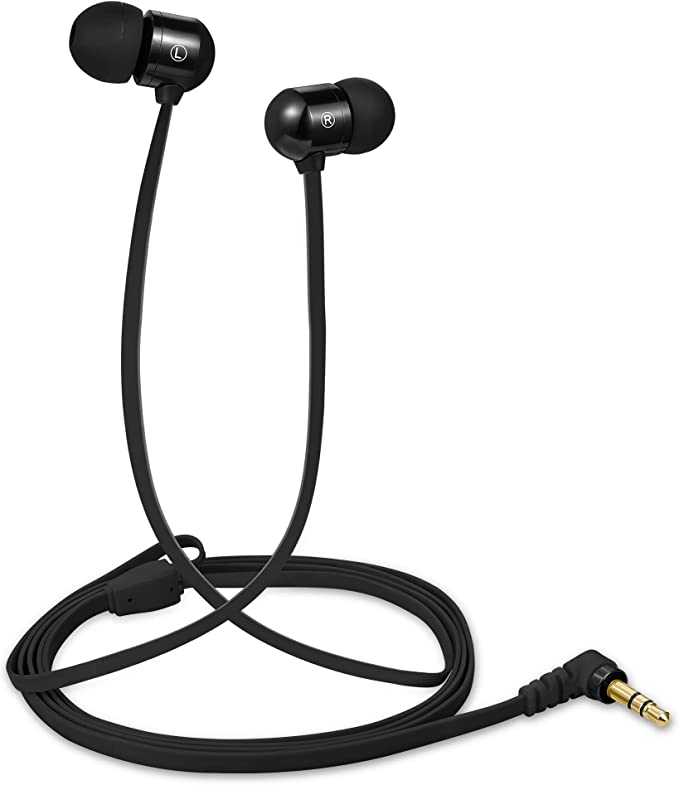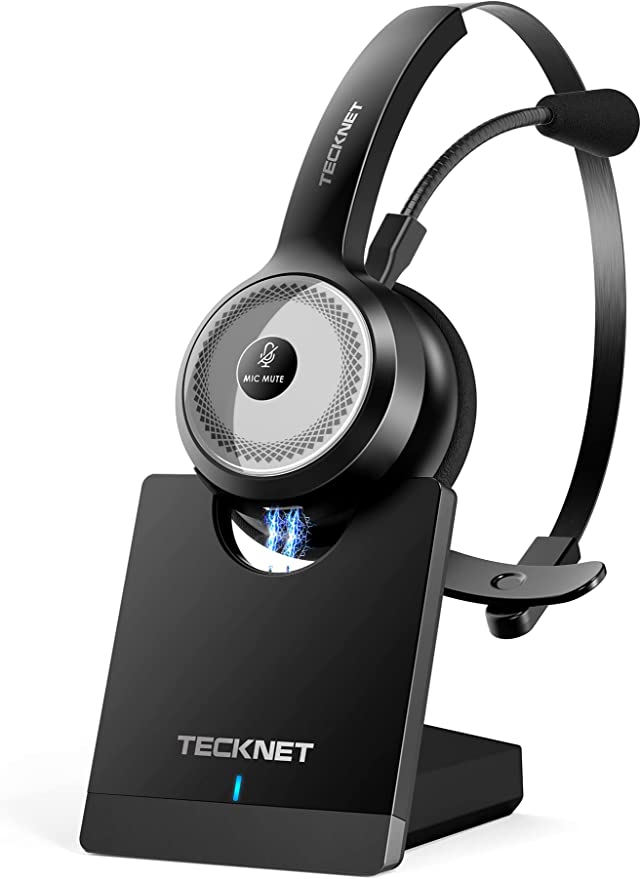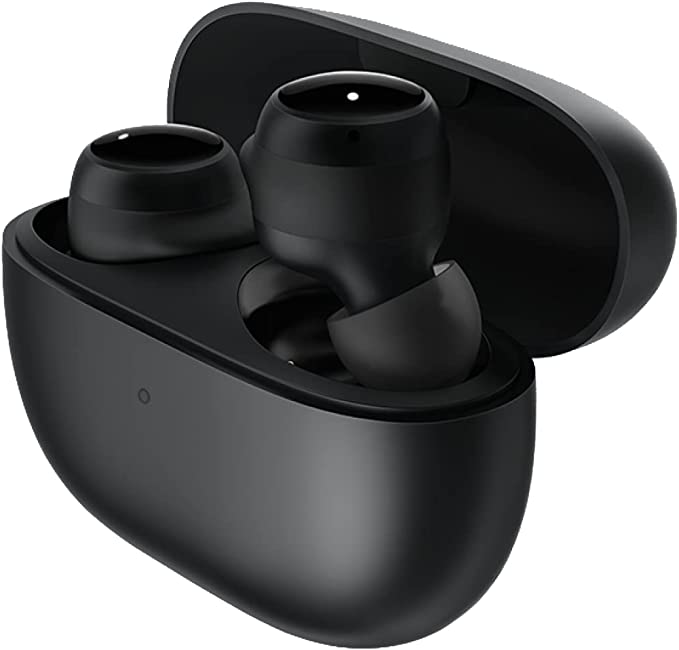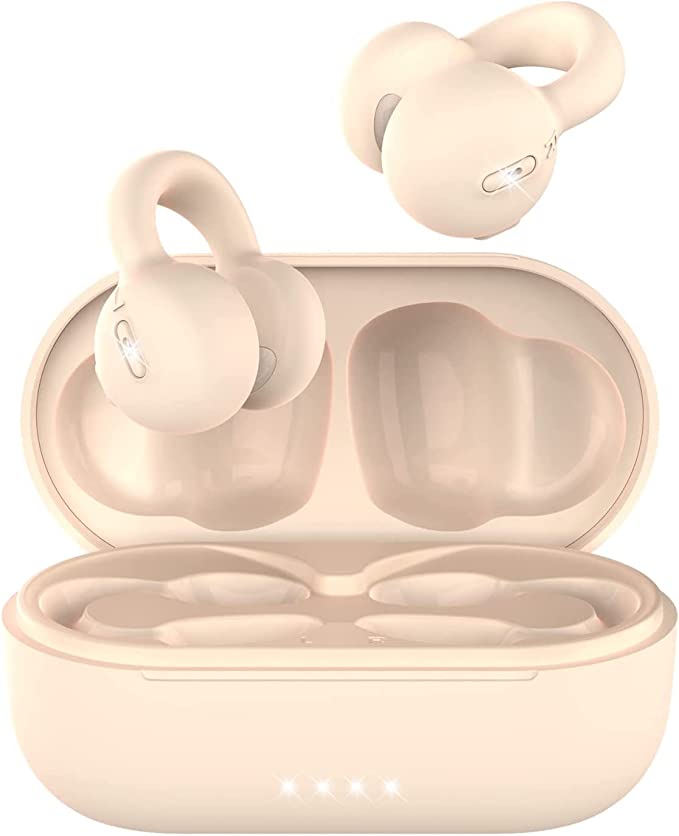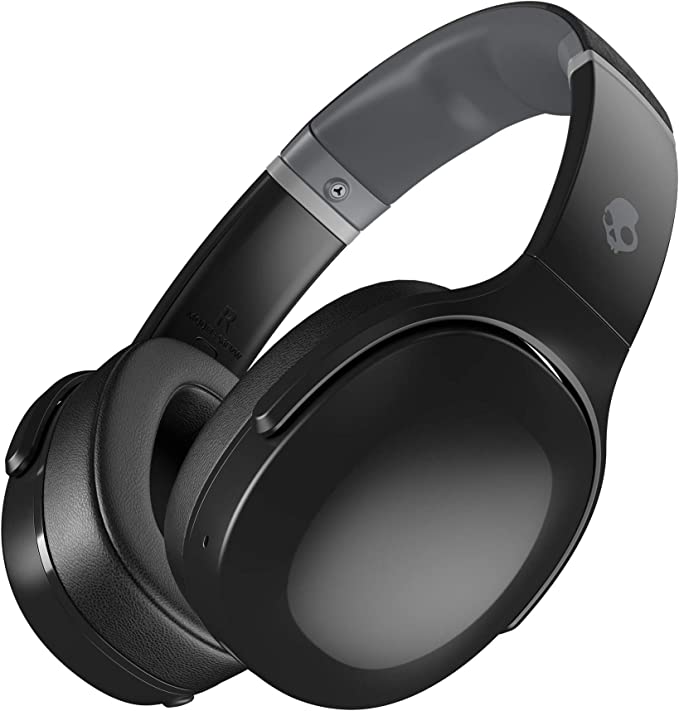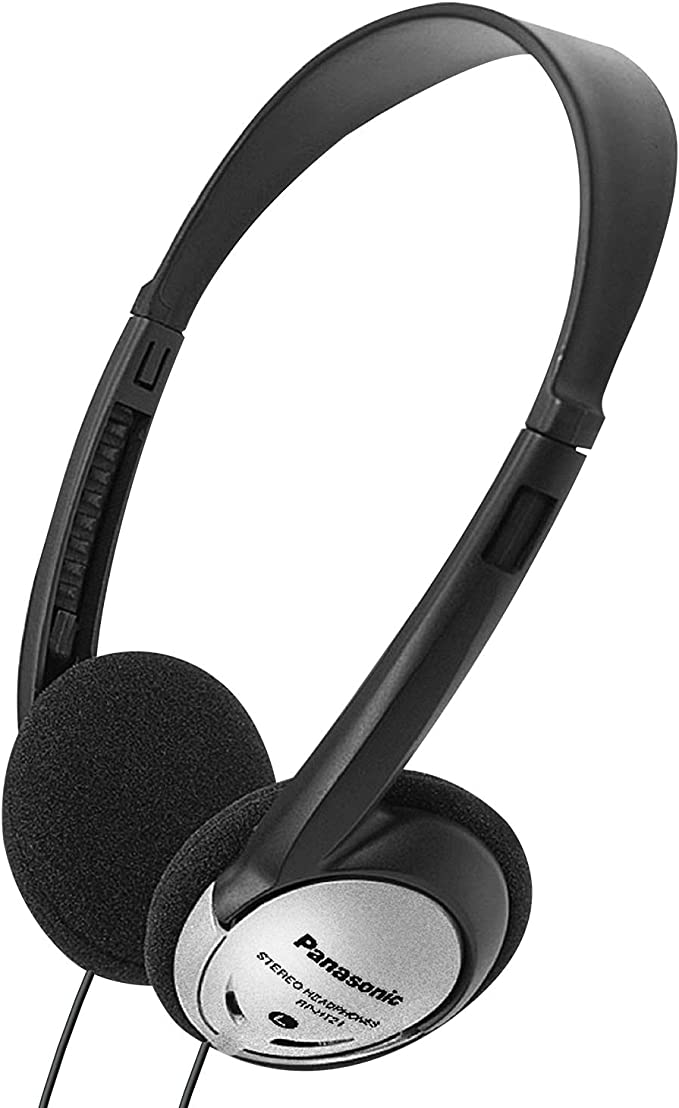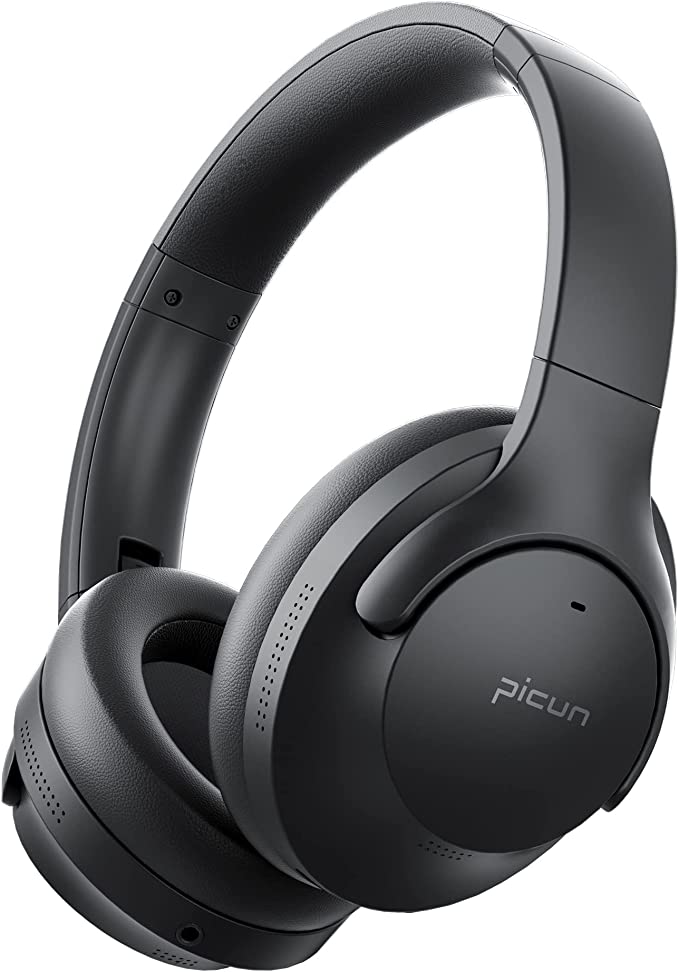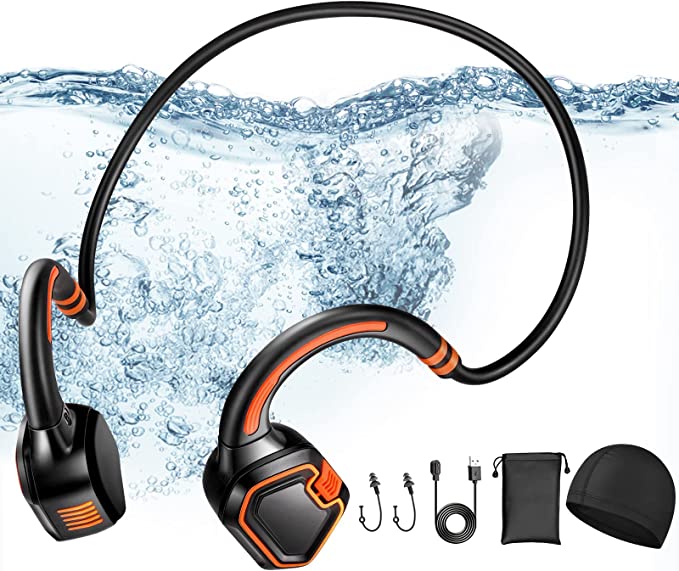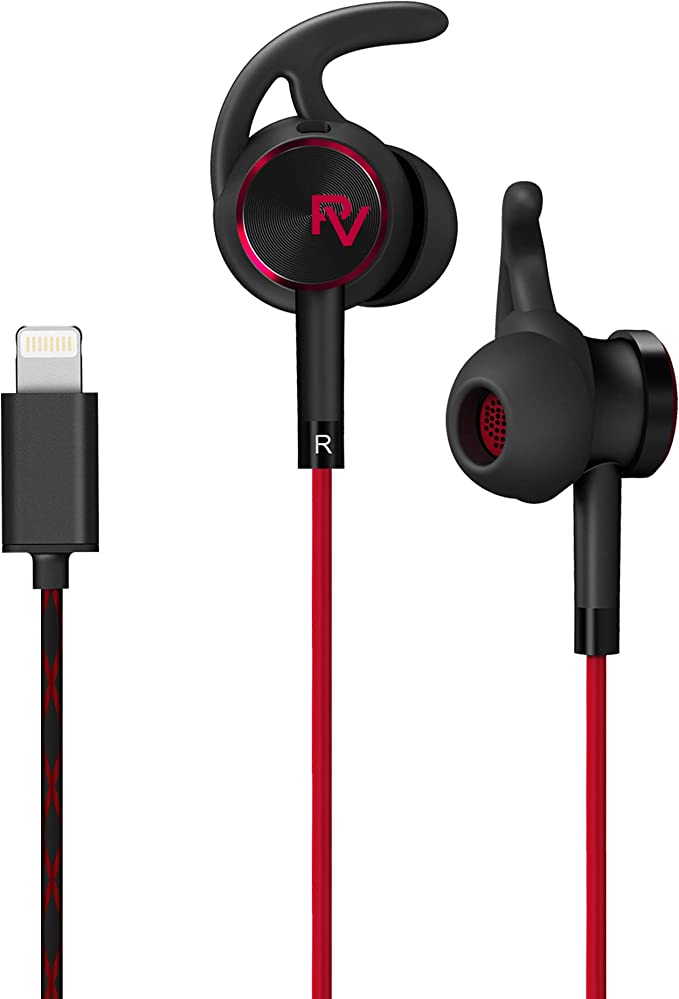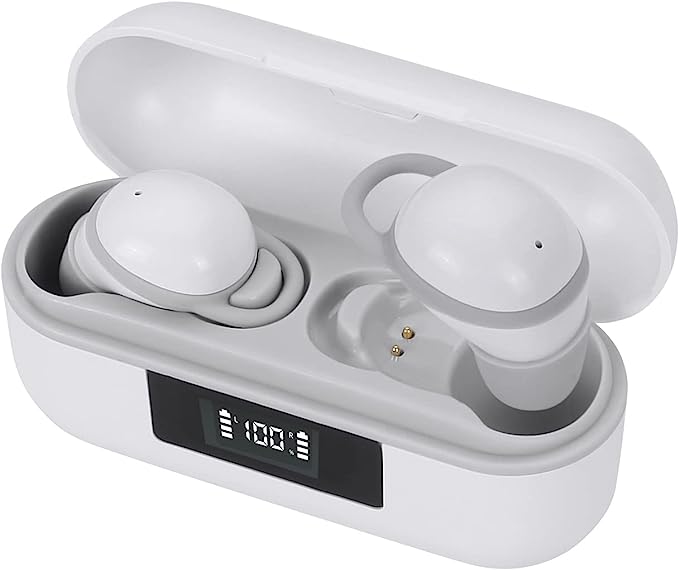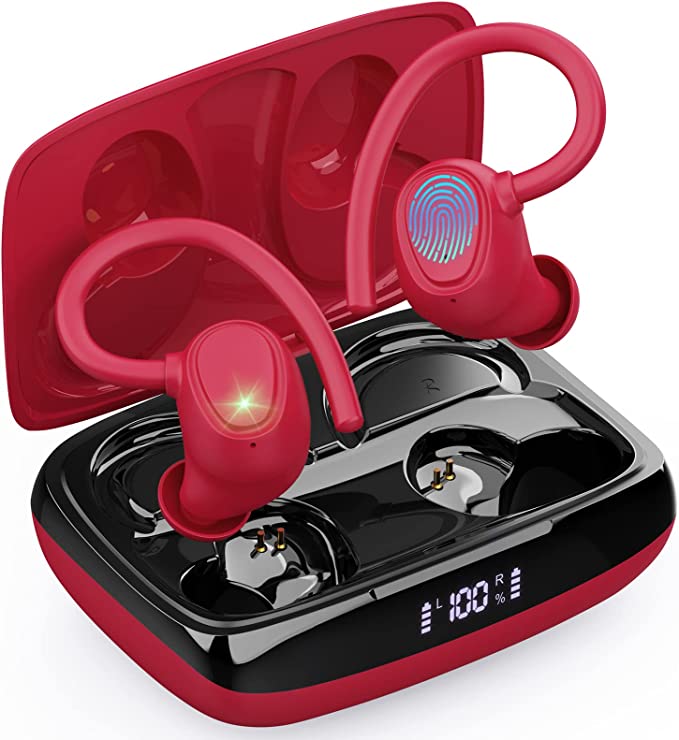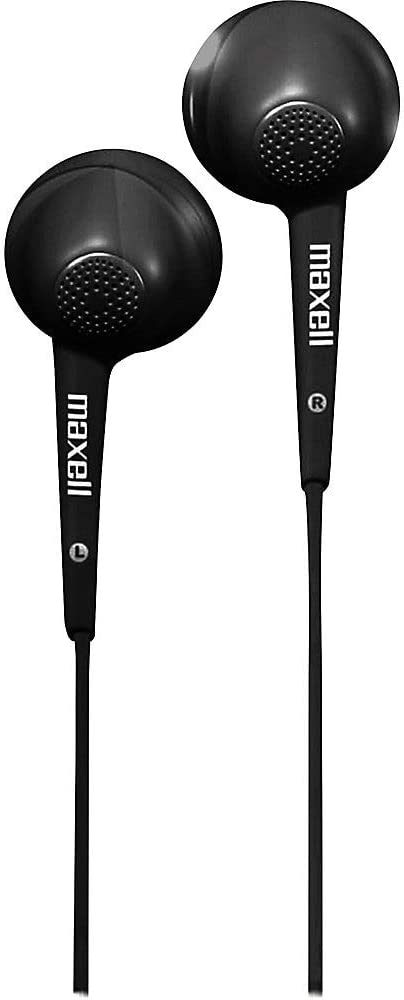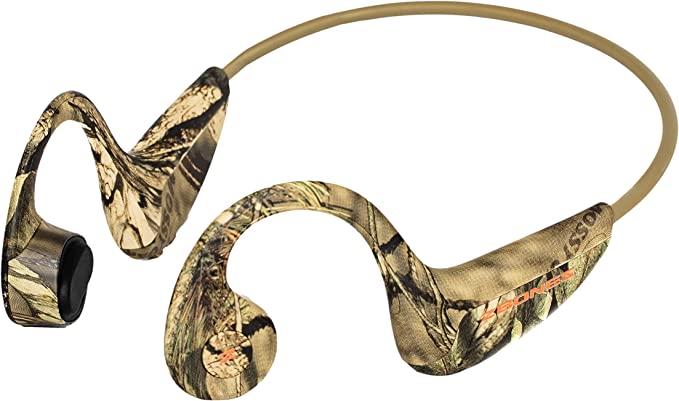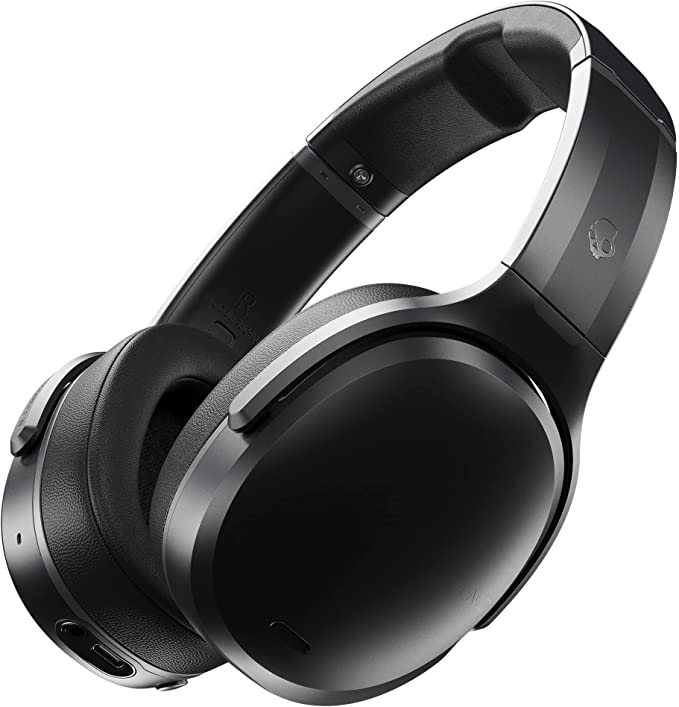Symphonized MTRX 2.0 Premium Wired Earbuds: Experience Natural Sound
Update on March 8, 2025, 4:30 a.m.
Echoes of Nature: Why Wood Matters in Your Earbuds
Have you ever stopped to consider why a violin sounds so different from a trumpet, or a grand piano from an electric guitar? While the shape and design of an instrument play a crucial role, the material itself is paramount. For centuries, wood has been the preferred material for crafting instruments, prized for its unique ability to shape and enrich sound. Today, that same principle is being applied to something much smaller, yet equally important to our listening experience: earbuds. The Symphonized MTRX 2.0 Premium Wired Earbuds are a prime example, utilizing a wooden housing to deliver a sound that’s closer to nature. But what is it about wood that makes it so special? Let’s explore.

The Science of Sound, Simplified
Before we dive into the specifics of wood, let’s lay the groundwork with a quick refresher on the science of sound.
Vibrations: The Source of it All
All sound begins with vibration. Whether it’s the pluck of a guitar string, the beat of a drum, or the hum of your vocal cords, vibrations create disturbances in the air. These disturbances travel as waves, much like ripples spreading across a pond when you toss in a pebble.
The Journey to Your Brain
These sound waves travel through the air and eventually reach your ears. Your outer ear, the part you can see, acts like a funnel, collecting the sound waves and directing them towards your eardrum. The eardrum, a thin membrane, vibrates in response to the incoming waves. These vibrations are then amplified by tiny bones in your middle ear and transmitted to the inner ear, specifically the cochlea. The cochlea is filled with fluid and tiny hair cells. The vibrations in the fluid cause these hair cells to move, and this movement is converted into electrical signals that your brain interprets as sound.

The Three Musketeers: Pitch, Loudness, and Timbre
We perceive sound based on three main characteristics:
- Pitch: This is how high or low a sound is. Pitch is determined by the frequency of the sound wave, measured in Hertz (Hz). Higher frequency means higher pitch. Think of a high-pitched whistle versus a low-pitched rumble of thunder.
- Loudness: This is how intense the sound is, and it’s related to the amplitude of the sound wave. Amplitude is essentially the size of the vibration. Larger vibrations mean louder sounds.
- Timbre: This is the quality of the sound, what makes a violin sound different from a flute, even when they’re playing the same note at the same loudness. Timbre is determined by the complex combination of different frequencies present in the sound wave. Think of it like the sound’s “fingerprint.”
Frequency Response: The Earbud’s “Hearing” Range
Frequency response describes the range of frequencies that an audio device can reproduce and how accurately it reproduces them. Ideally, you want a relatively “flat” frequency response, where no particular frequency range is overly emphasized or diminished, for most natural sound.
Wood: Nature’s Acoustic Marvel
Now, let’s turn our attention to wood. Why is it so favored in the world of music? The answer lies in its unique cellular structure.
The Cellular Symphony: Density, Elasticity, and Damping
Unlike uniform materials like plastic or metal, wood is composed of countless tiny cells, arranged in complex patterns. These cells, and the way they’re arranged, give wood its unique acoustic properties:
- Density: The density of wood affects how sound waves travel through it. Denser woods generally reflect sound more efficiently, which can enhance certain frequencies.
- Elasticity: This refers to wood’s ability to return to its original shape after being deformed. Elasticity influences how the wood vibrates and resonates.
- Damping: This is the wood’s ability to absorb sound energy and reduce vibrations. Higher damping can lead to a “warmer” sound by reducing harsh high frequencies.
Imagine sound waves entering the wooden housing of an earbud. They don’t just bounce off; they interact with the wood’s complex internal structure. Some frequencies are amplified through resonance, others are dampened, and the overall effect is a shaping of the sound that many listeners find pleasing and natural. It is important to note that the specific type of wood significantly impacts the sound. Unfortunately, the exact wood species used in the Symphonized MTRX 2.0 is not specified, limiting a more precise analysis of its acoustic profile.
A (Brief) Woodwind History: Wood in Musical Instruments
The use of wood in musical instruments dates back centuries. From the violins of Stradivarius to the resonant soundboards of grand pianos, wood has been chosen for its ability to create rich, complex, and emotionally resonant tones. Different types of wood are selected for different instruments and even different parts of the same instrument, based on their specific acoustic properties. For example, spruce is often used for the soundboards of violins and guitars due to its high stiffness-to-weight ratio, while maple is often used for the backs and sides, providing strength and reflectivity.
Inside the Symphonized MTRX 2.0: Design Meets Acoustics
The Symphonized MTRX 2.0 earbuds aren’t just wooden on the outside; the design leverages the acoustic properties of wood to enhance the listening experience.
The Wooden Chamber: Resonance and Reflection
The wooden housing of the MTRX 2.0 acts as a miniature resonance chamber, similar to the body of a guitar or violin. This chamber shapes the sound waves produced by the driver, adding warmth and depth. The specific dimensions and shape of the chamber are carefully designed to optimize this effect.
The Driver: Turning Electricity into Sound
The driver is the heart of any earbud. It’s the component that converts electrical signals from your device into sound waves. The MTRX 2.0 likely uses a dynamic driver, the most common type in earbuds. A dynamic driver consists of a diaphragm (a thin, flexible membrane), a voice coil (a coil of wire), and a magnet. When an electrical signal passes through the voice coil, it creates a magnetic field that interacts with the magnet, causing the diaphragm to vibrate. These vibrations create the sound waves we hear.

Comfort by Design: Ergonomics and Noise Isolation
Beyond sound quality, comfort is crucial for an enjoyable listening experience. The MTRX 2.0 earbuds feature an ergonomic design, meaning they’re shaped to fit the natural contours of the human ear. The inclusion of multiple sizes of silicone ear tips (small, medium, and large) allows for a customized fit, ensuring a snug and secure seal. This seal is not only important for comfort but also for passive noise isolation. By physically blocking out external sounds, the earbuds allow you to focus on your music without distractions.
Feature:In-line microphone with volume control, voice control, answer/end calls, skip tracks.
The integrated in-line microphone and control system enhances user convenience, allowing for seamless transitions between audio playback and phone calls. The single-button interface simplifies operation: a single press can answer or end calls, while multiple presses control track navigation (forward/backward). Volume adjustment is directly accessible, eliminating the need to interact with your source device. This feature is particularly beneficial during commutes or workouts, where accessing your phone or music player might be inconvenient. The voice control functionality, compatible with most smartphones, adds another layer of hands-free operation, enabling you to manage calls and playback using voice commands. The microphone’s placement and design are optimized to capture your voice clearly while minimizing background noise, ensuring intelligible communication even in moderately noisy environments. The underlying principle is straightforward: the microphone converts sound waves (your voice) into electrical signals, which are then transmitted through the wired connection to your device. The control buttons send simple electrical signals that are interpreted by your device’s operating system to perform the corresponding actions (volume up/down, play/pause, etc.).
Beyond the Basics: A Deeper Dive (Optional - for Audiophiles)
While the core principles of sound and wood acoustics cover the essentials, there are a few more technical aspects that audiophiles might appreciate.
A Note on Impedance
Impedance is a measure of how much a component resists the flow of electrical current. In the context of headphones, impedance is measured in ohms (Ω). Matching the impedance of your headphones to the output impedance of your audio source (phone, laptop, etc.) can optimize performance. Generally, lower-impedance headphones (like most earbuds) are easier to drive and will work well with portable devices. While the specific impedance of the MTRX 2.0 isn’t provided in the available information, it’s likely designed to be compatible with a wide range of devices.

The (Subtle) Impact of Cables
While often overlooked, the cable connecting your earbuds to your device can have a subtle impact on sound quality. The MTRX 2.0 features a shielded, tangle-free cable. The shielding helps to minimize interference from external electromagnetic sources, which can introduce noise into the audio signal. The tangle-free design is primarily a matter of convenience, preventing the frustration of knotted cables. The material and construction of the cable can also affect its electrical properties (resistance, capacitance), which can, in theory, subtly influence the sound. However, for most listeners, the differences are likely to be negligible compared to the impact of the driver and housing.
Listening in the Real World: Everyday Scenarios
The true test of any pair of earbuds is how they perform in everyday life. The MTRX 2.0’s combination of natural sound, comfort, and convenience makes them suitable for a variety of scenarios:
- The Commute: The noise-isolating design helps block out the rumble of traffic or the chatter of fellow passengers, allowing you to enjoy your music or podcasts in peace. The in-line controls let you manage calls and playback without fumbling for your phone.
- The Workplace: The comfortable fit allows for extended wear, whether you’re listening to music to focus or participating in conference calls. The discreet design won’t draw unwanted attention.
- The Workout: While not explicitly designed for sports, the secure fit (especially with the right ear tips) should keep the MTRX 2.0 in place during moderate exercise. The tangle-free cable is a definite plus. Note that they may not be best suited for the most rigorous athletic endeavours or high levels of sweat.
- Relaxing at home: Whether it’s losing yourself into ambience sounds, or enjoying classical music, the MTRX 2.0 can offer a very immersive experience.

A Return to Natural Sound
In a world saturated with digital sounds and artificial enhancements, the Symphonized MTRX 2.0 Premium Wired Earbuds offer a refreshing return to a more natural listening experience. By harnessing the inherent acoustic properties of wood, these earbuds deliver a sound that’s warm, rich, and authentic. While the lack of information on the specific wood type used prevents a fully detailed acoustic analysis, the design principles and user testimonials point to a product that prioritizes sound quality and comfort. The MTRX 2.0 is a reminder that sometimes, the best technology is inspired by nature itself.
